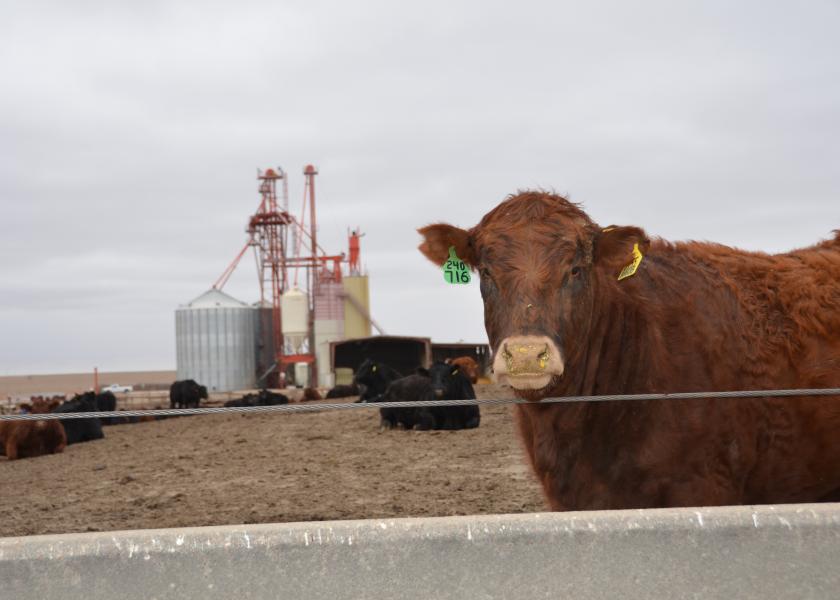Profit Tracker: Feeding Losses Reach Triple Digits

Average cattle feeding losses totaled $106 per head for the week ending June 21, $87 more than the previous week. That’s according to the Sterling Beef Profit Tracker’s weekly calculations using average feeder cattle prices, grain prices and 5-are direct steer prices.
(Note: The Beef and Pork Profit Trackers are intended as a benchmark for the average cash costs of feeding cattle and hogs. Weather events and other factors can adversely affect the performance and profitability of animals in specific regions at specific times, but those events may not affect all regions. No adjustment is made for weather conditions in the averages for the Beef and Pork Trackers.)
Cash fed cattle prices declined another $3 per cwt. with trade at $109.45. Beef packers saw their margins increase $9 per head to $257. The beef cutout lost $2 per cwt to $217 per cwt. The Beef and Pork Profit Trackers are calculated by Sterling Marketing Inc., Vale, Ore.
A year ago cattle feeders were losing an average of $113 per head on cash prices of $109. Feeder cattle represent 68% of the cost of finishing a steer compared with 73% a year ago.
Farrow-to-finish pork producers saw their margins gain $1 per head with profits of $38. Lean carcass prices traded at $79.11 per cwt., $0.98 per cwt. higher than the previous week. A year ago pork producer margins were positive $47 per head. Pork packer margins averaged a loss of $8 per head last week.
Sterling Marketing president John Nalivka projects cash profit margins for cow-calf producers in 2019 will average $138 per cow. That would be 14% lower compared to the $162 estimated average profit for 2018. Estimated average cow-calf margins were $164 in 2017, $176 in 2016, and $438 per cow in 2015.
For feedyards, Nalivka projects an average profit of $62 per head in 2019, which would be $38 better than the average of $24 per head in 2018. Nalivka expects packer margins to average about $155 per head in 2019, about $11 less than in 2018.
For farrow-to-finish pork producers, Nalivka projects an average profit of $13 per head in 2019, as compared with an average profit of $1.35 per head in 2018. Pork packers are projected to earn $16 per head in 2019, about $4 less than the $20 per head profits of 2018.







